During the pandemic, many of us had a reawakening: we've found that beauty and diversity start outside our front doors. As such, Switzerland allows us to be tourists in our backyards.
Switzerland is traditionally a country of (and for) hikers. Many of the most prestigious areas, such as the Alpstein, the Bernese Alps, or Zermatt, are filled with day hikers. Meanwhile, other regions with spectacular sceneries are only moderately visited.
The Tell Trail was only created late in 2020. In its entirety, this is a 208-kilometer hike along eight stages. From Altdorf to Sörenberg, the Tell Trail takes you to the “big 6” mountains of Central Switzerland: Stoos, Rigi, Pilatus, Stanserhorn, Titlis and Brienzer Rothorn.
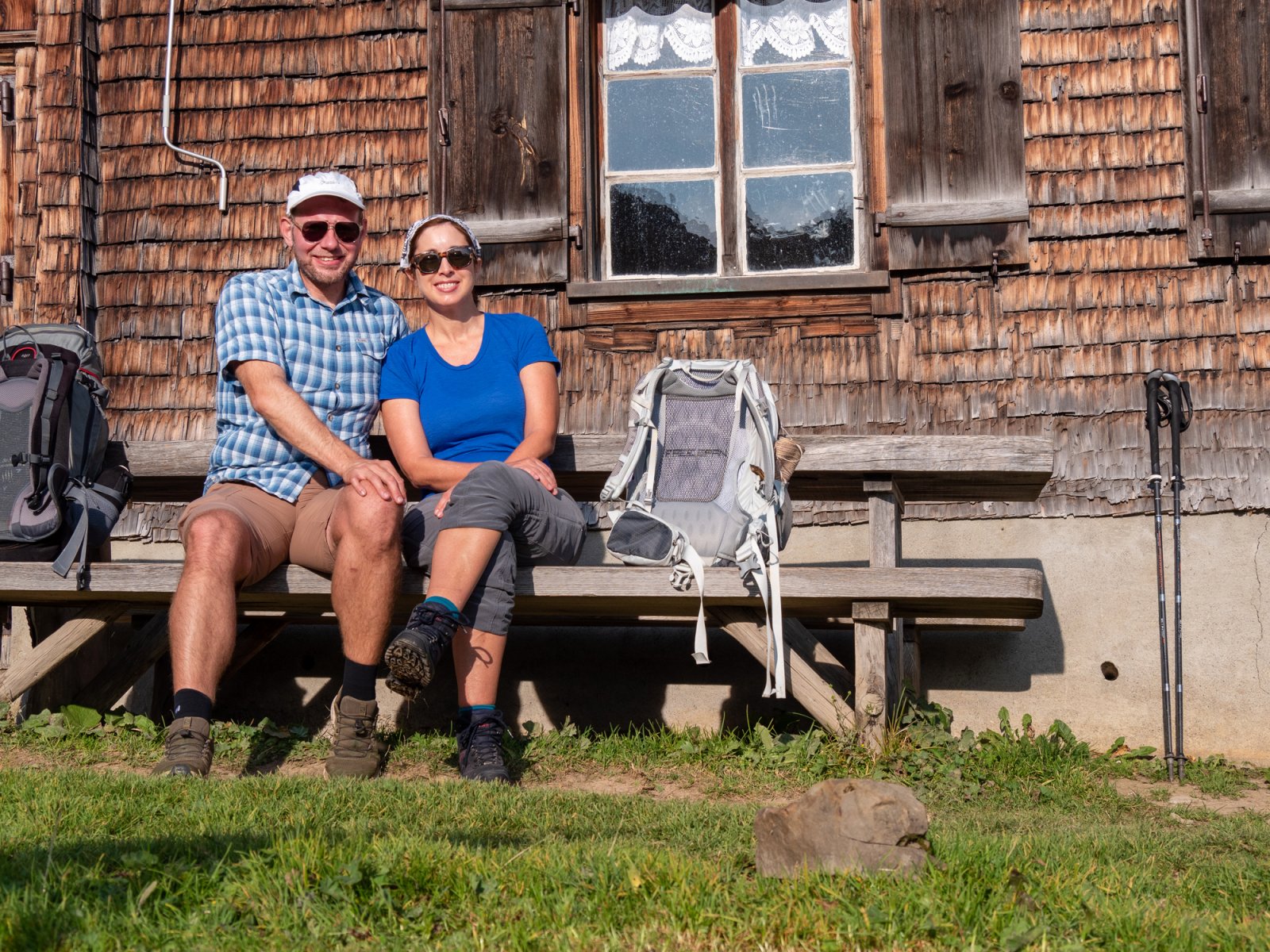
A two-day long-distance hike from Stans to Engelberg
Together with my partner, Elizabeth, I recently hiked the fifth stage of the Tell Trail. I wanted to accomplish this hike for several reasons: firstly, I am a neophyte who loves to try new things. Secondly, I am enchanted by Engelberg, the destination of the fifth stage. And finally, I wanted to take some stunning photographs.
Stage five starts in Stans, the capital of the canton of Nidwalden. As the long-distance Tell Trail goes from A to B, I highly recommend arriving in Stans by train. From here, take the historic funicular and subsequently transfer to the double-decker CabriO cable car.
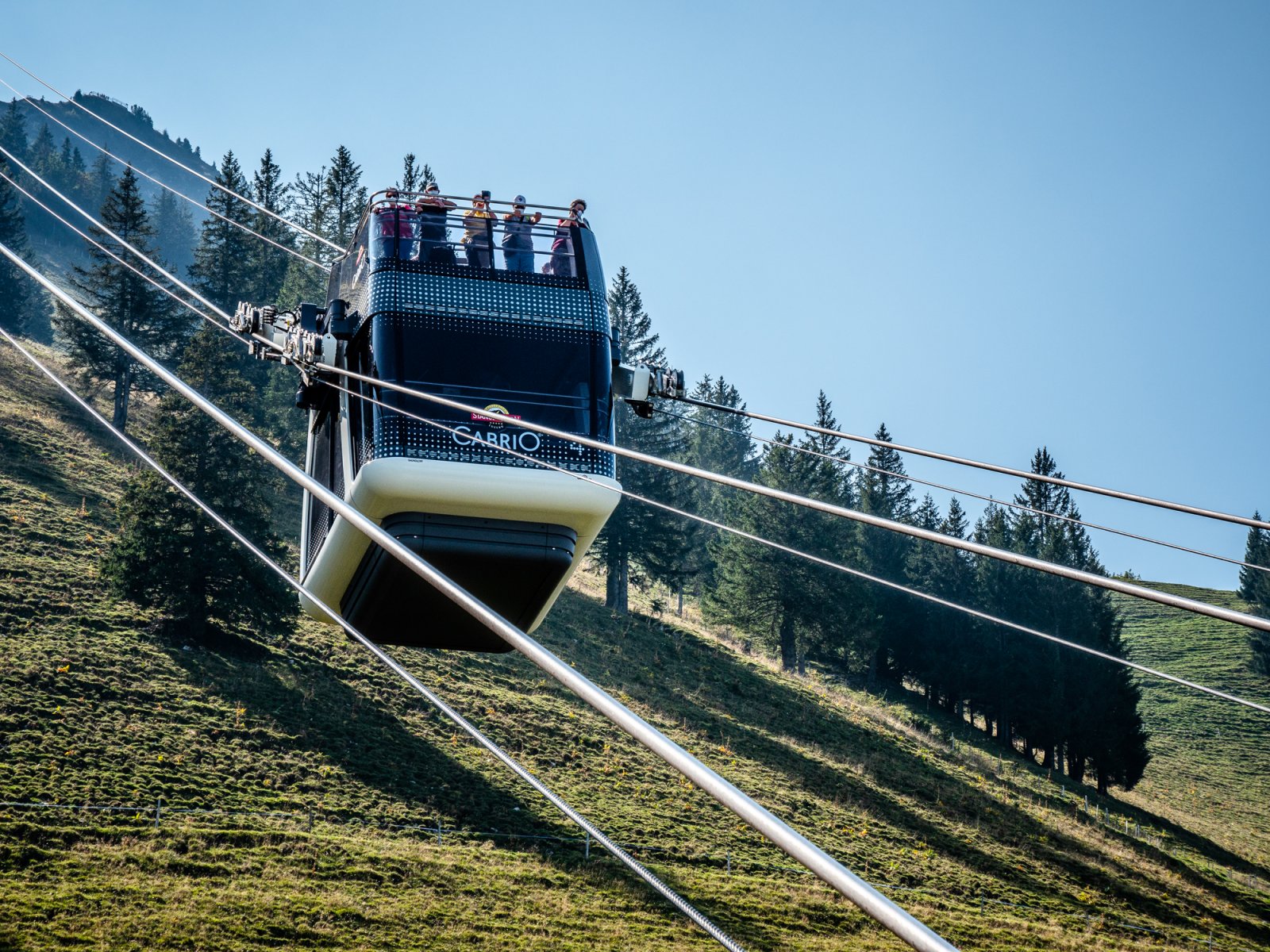
By the time you reach the top of Stanserhorn, you have not done a lick of hiking. Yet, the journey and scenery will surely leave you breathless. This would be the moment to eat and drink something before embarking on the hike. For the next five to six hours, you will be living out of your backpack.
The beginning of the trail is comfortable, and the segment’s 26-kilometer distance to Engelberg seems somewhat trivial. But consider the elevation gains and losses, as well as the technicality of the trail.
Hence, stage five is better done in two days than one. You will want to pack as much as necessary and as little as possible: bring a sleeping bag, plenty of water, a flashlight, sunscreen, a rain jacket, and hiking poles.
Unless you are used to carrying lots of weight for a long time, leave your full-frame camera and lenses at home. The same goes for any other unnecessary electronics.
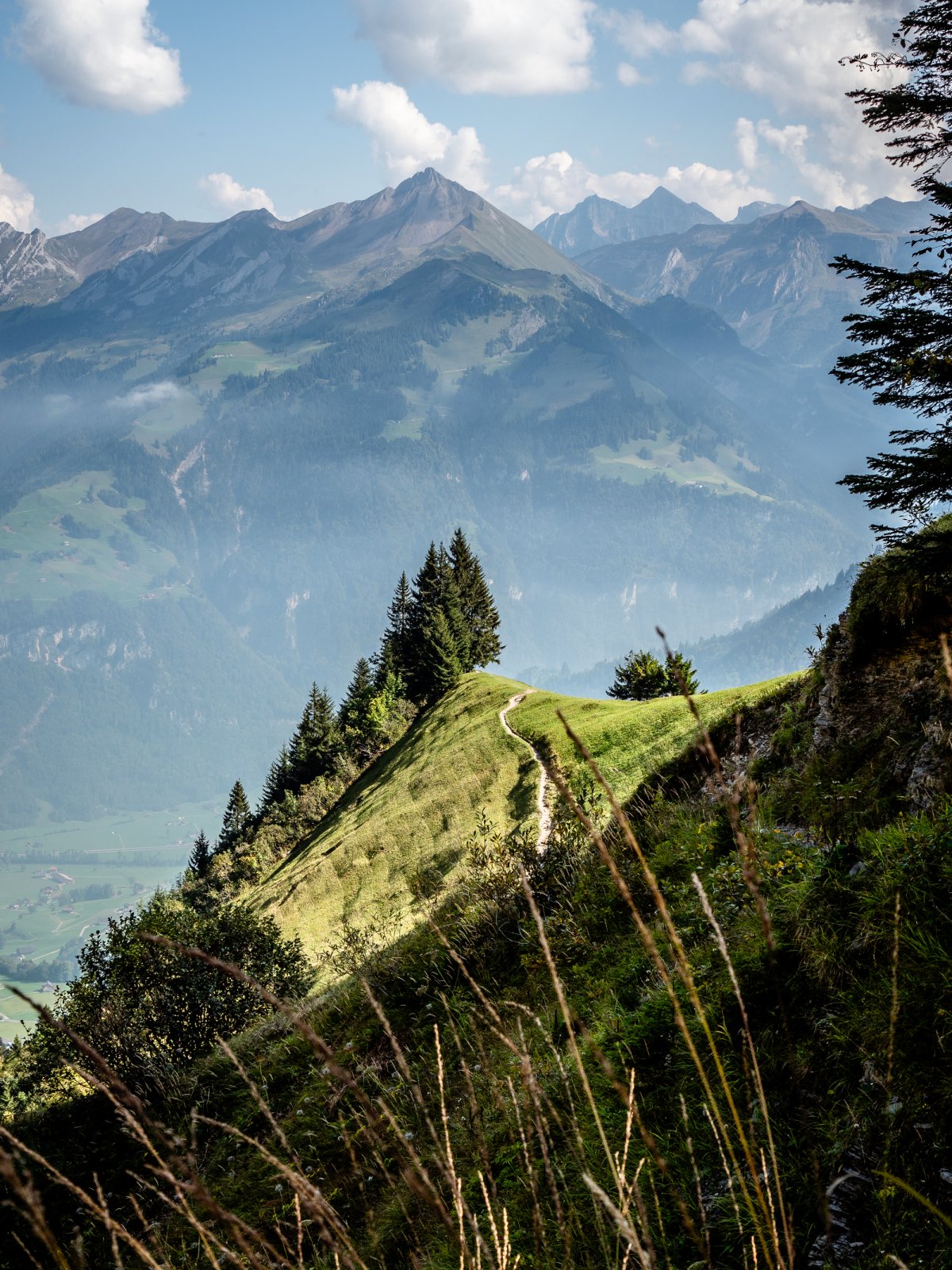
Staying in a tent under the starry sky
The first leg of the hike towards the Arvi Ridge (Arvigrat) is a decent 8k. However, reaching the ridge requires an ascent of some 600 meters in just 2.5k. It is a steep slog up and not to be underestimated.
Atop the Arvi, the ridge walk begins. With steep drop-offs on either side, this hike is not for people with vertigo or novice high terrain hikers.
In late summer, the grass up here is already autumnal gold. As the sun quietly recedes behind the Bernese Alps, you may encounter a herd of friendly goats. They tend to soak in the last sun rays before the temperature drops by nearly twenty degrees.
If you aim to complete the hike in two days, you will want to spend a night at Alp Laucheren. This typical alp with sheep herds has been in the hands of the Niederberger family for four generations.
For especially stormy nights, Alp Laucheren offers a few beds inside the farmhouse. Baring high winds, trenchant rains, and flashes of lightning, the family would prefer that you rent a tent for the night.
What better way to end a day of hiking than by experiencing authentic alpine hospitality? The family will serve dinner and breakfast the following day. And they will even send you off with a packed lunch to sustain you on the next leg of your adventure.
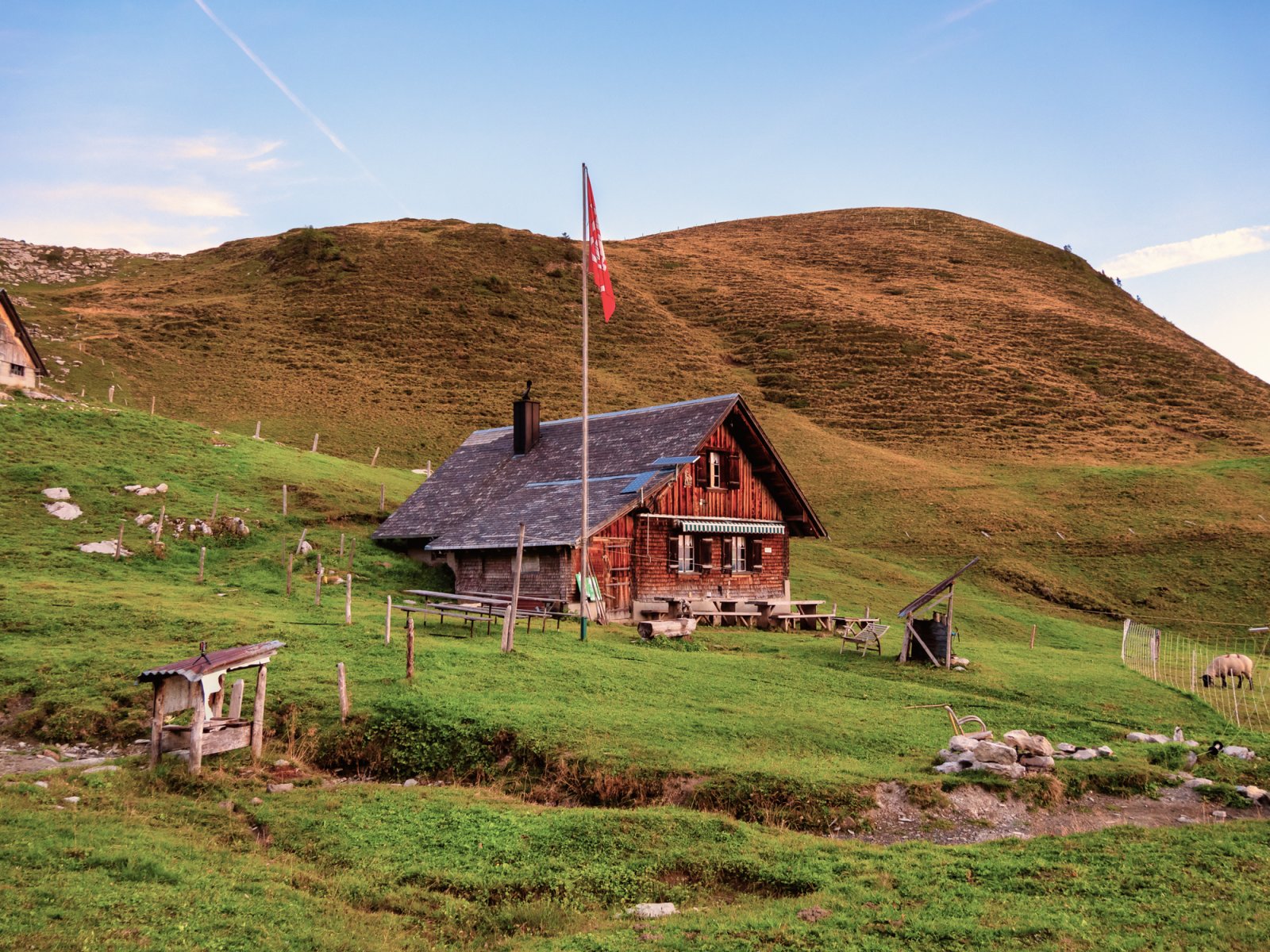
The farmhouse is quaint with just enough solar power to keep the lights on. You will most likely eat with some of the family members, farmworkers, and potentially a few other hikers. This makes for a perfect little adventure, demonstrating what it is like to do farming in the alps today.
Thanks to that strenuous hike and the pitch-black darkness of the night, you will fall asleep even if your tent is not on the flattest surface. And if you were determined (or silly enough) to carry all your photography equipment with you, this will be the perfect place for night sky photography.
While it was not the counting of sheep that put you to sleep, the bells of the herd will most likely wake you up at 5 AM the following morning. My recommendation is to take the bull by the horns and watch the sunrise.
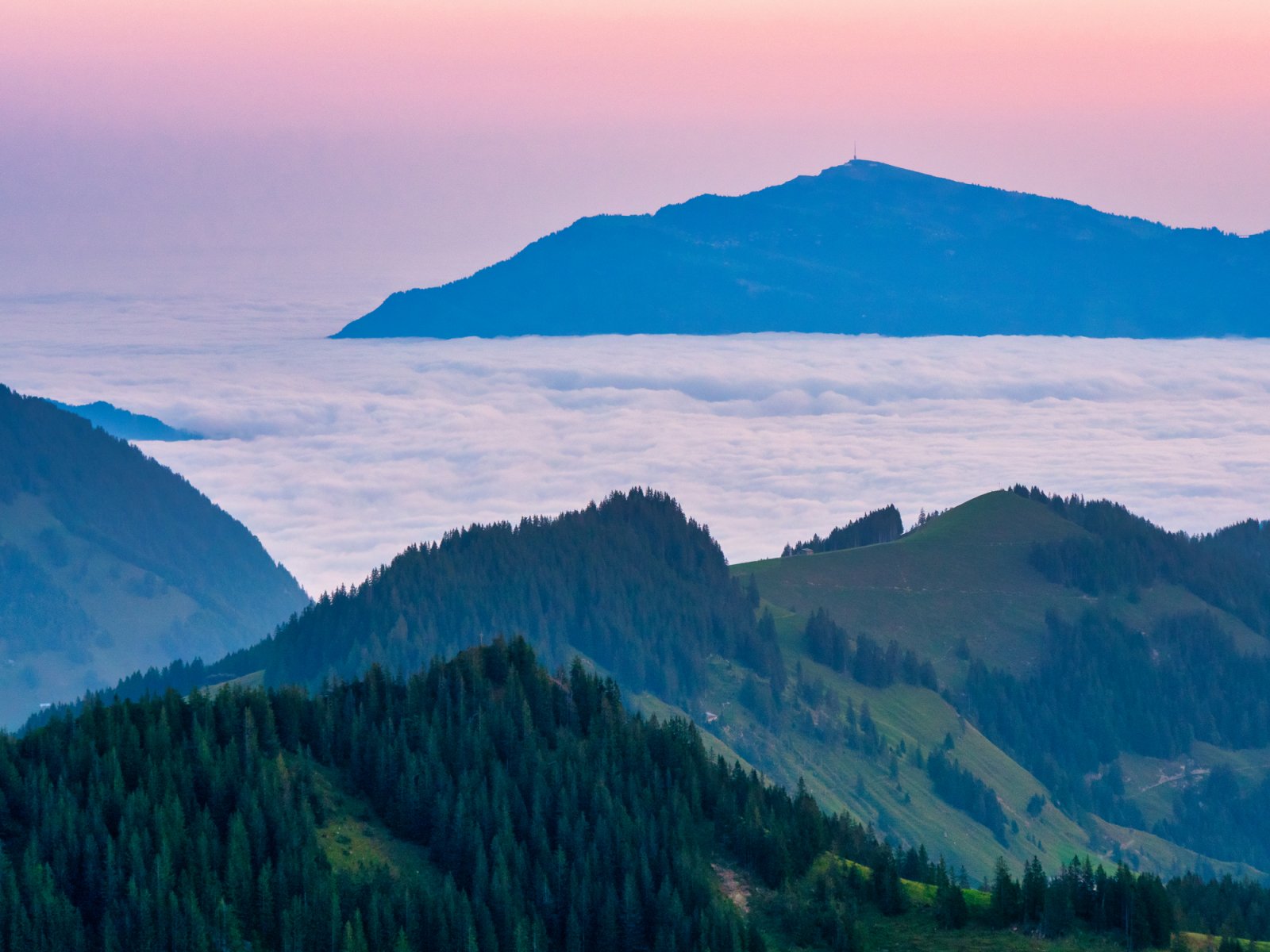
Across a via ferrata to Engelberg
After a hearty breakfast, you will take down your tent and roll up your isothermic mattress. The next thirteen or so kilometers to Engelberg are calling your name.
The second day’s hike starts with a steep ascent to a pass just below the Schluchberg. From there, you will follow the next ridge to the tricky via ferrata at Felspassage Wagenleisa.
Get ready for the scariest part of the hike. Ensure that the weight in your backpack is evenly distributed, that you don't have any items dangling from it, and that you are wearing proper footwear for the mountains. You will need to squeeze through tight places, take a few ladders and hold a few ropes to cross this section. The more compact your stuff is, the easier it will be to traverse.
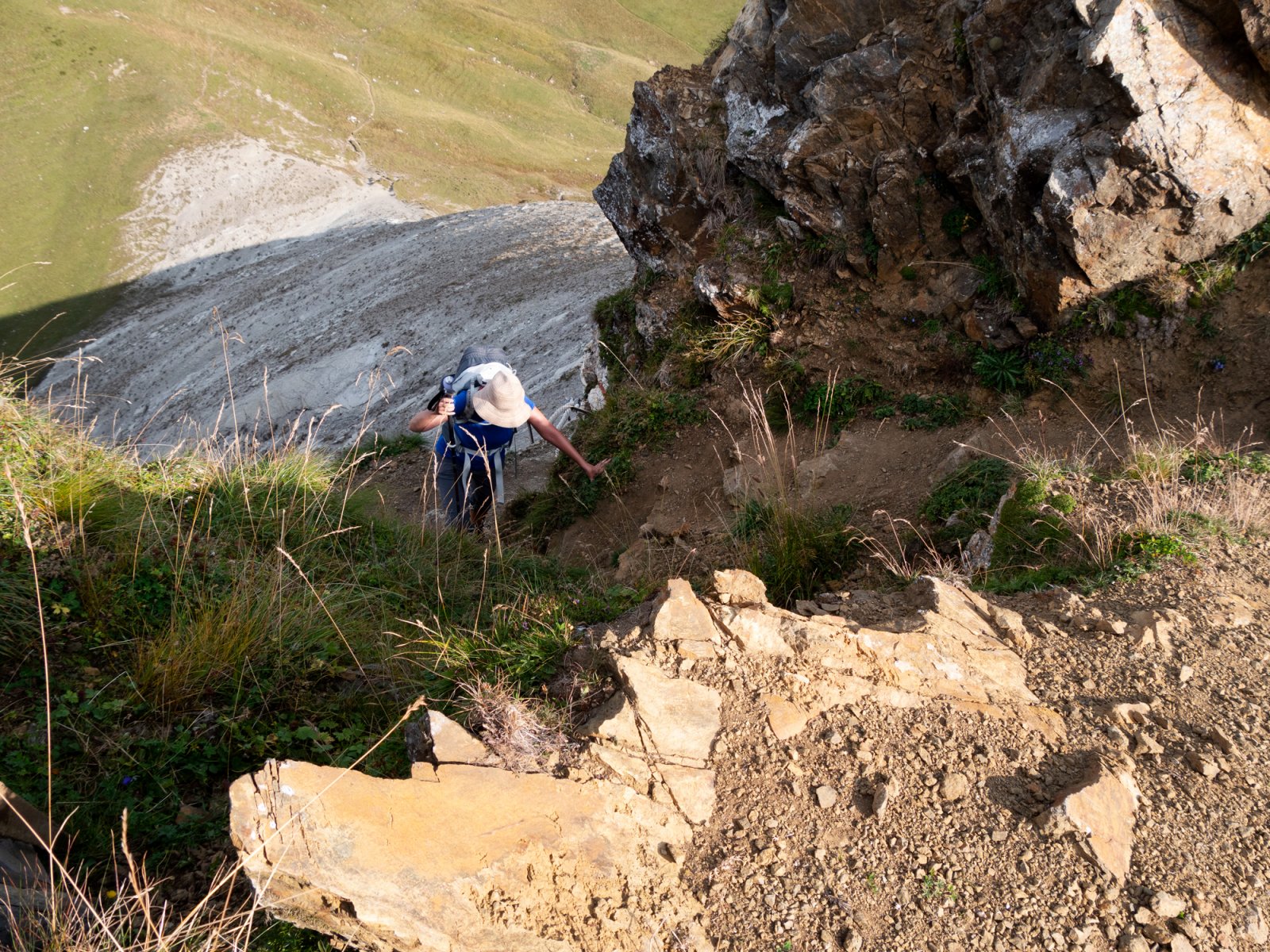
Having safely crossed the Felspassage Wagenleis, you will continue along the Nidwaldner Höhenweg until you arrive at the Storegg Pass. From here, you will drop down to the Lutersee.
Alternatively, turn left to Eggen and take a cable car down to the valley. However, the official Tell Trail route has you ascend some 400 meters towards Bocki. Once there, you will rather quickly descend some 500 meters before gradually making your way to Restaurant Untertrübsee.
At this point, you are just above Engelberg and can hike down or take a mountain scooter. The latter need some courage and a love for speed, but your feet might thank you for it.
My verdict of the Tell Trail between Stans and Engelberg
Though the official guide suggests ten hours for the entire hike from Stanserhorn to Engelberg, I would plan for closer to 15 hours or two seven-hour days.
As an advanced trail runner and hiker, I know that this distance can be done quickly. But carrying heavier equipment alone will cost you an additional hour. Then there are other factors to watch out for, namely heat and sun - or rain. Furthermore, the number of people on the trail and how surefooted you feel will also cost you time.
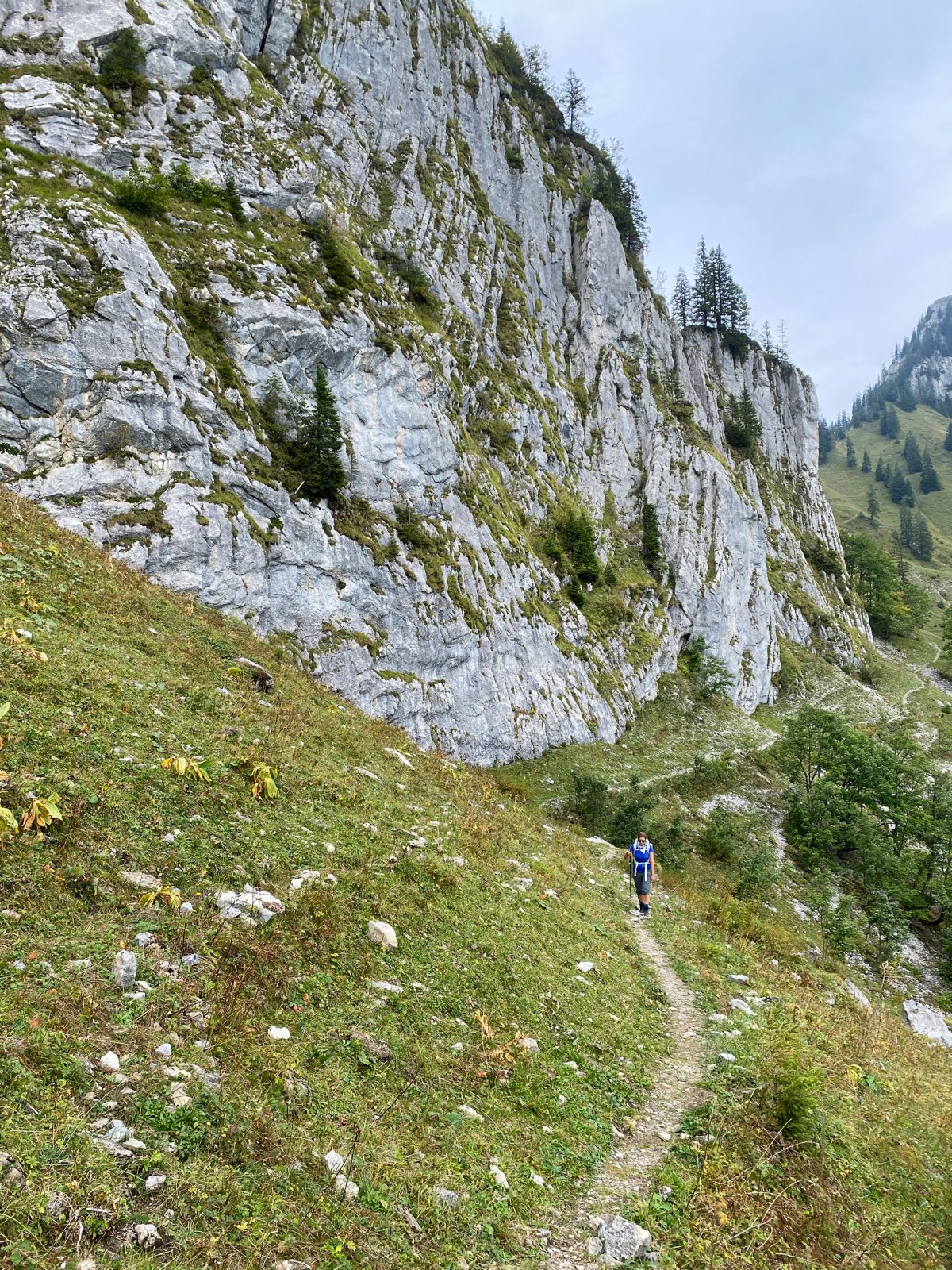
Lastly, it’s about many pictures you want to take along the way. On our hike, it started raining as we arrived at Lutersee and the forecast did not look promising. We decided to slowly head down to the valley from there and avoid too much exposure. Despite being prudent, Elizabeth's equipment was soaked even with a rainfly by the time we arrived in Engelberg.
Having done the most challenging leg of the Tell Trail and knowing several of the areas from other hikes and the Mountainman Ultra, I would say that Central Switzerland has a winning multistage hike.
With several ascents being possible with cable cars and railways, this tour is challenging but doable by most experienced hikers. Those looking for a more significant challenge are free to avoid the trains and gondolas and do it all on foot.
This section from Stanserhorn to Engelberg is bookable. The innovative package includes everything from cable car tickets to overnight stays. Exclusively, you will benefit from a luggage transfer service. Book this section
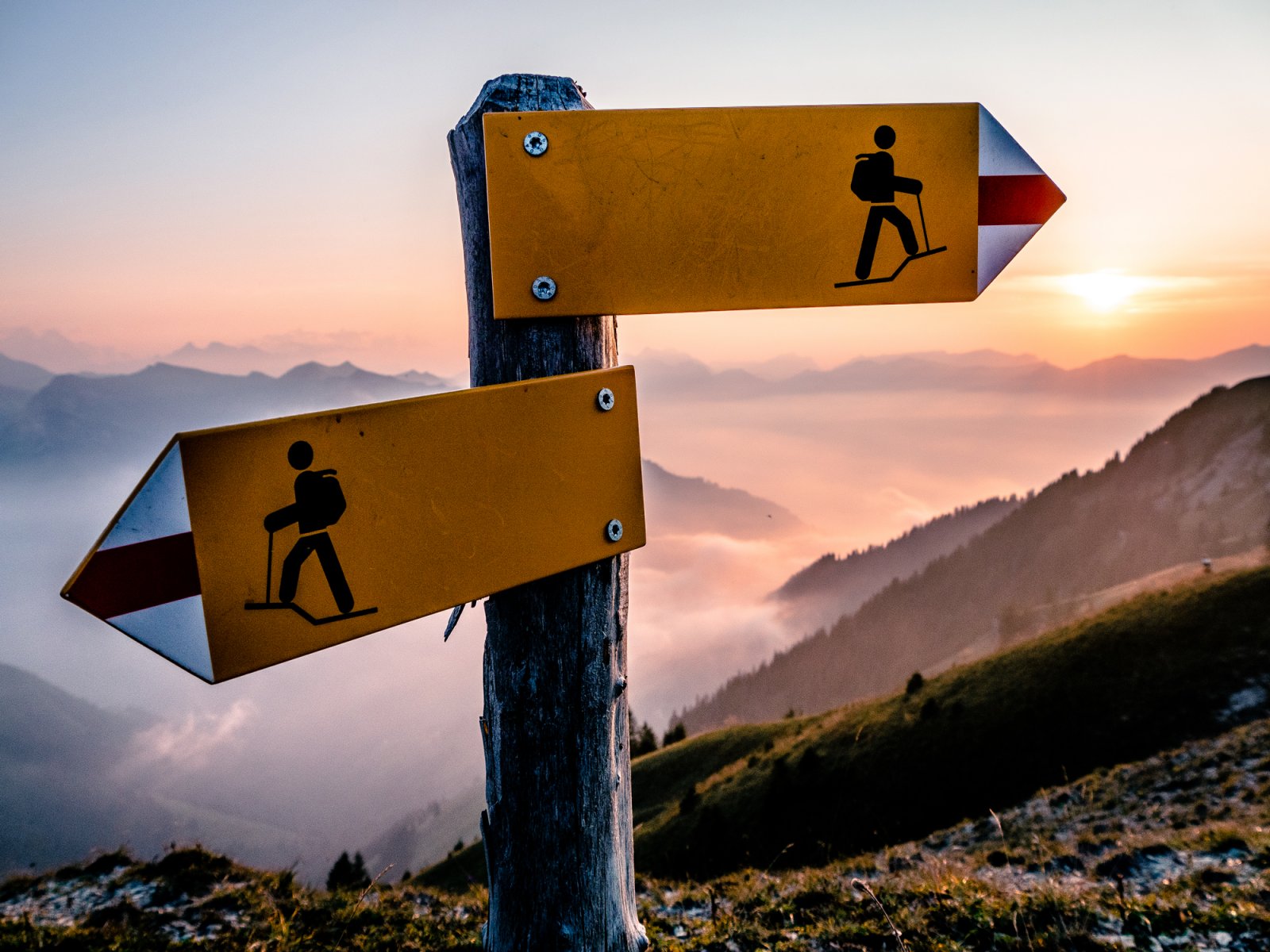

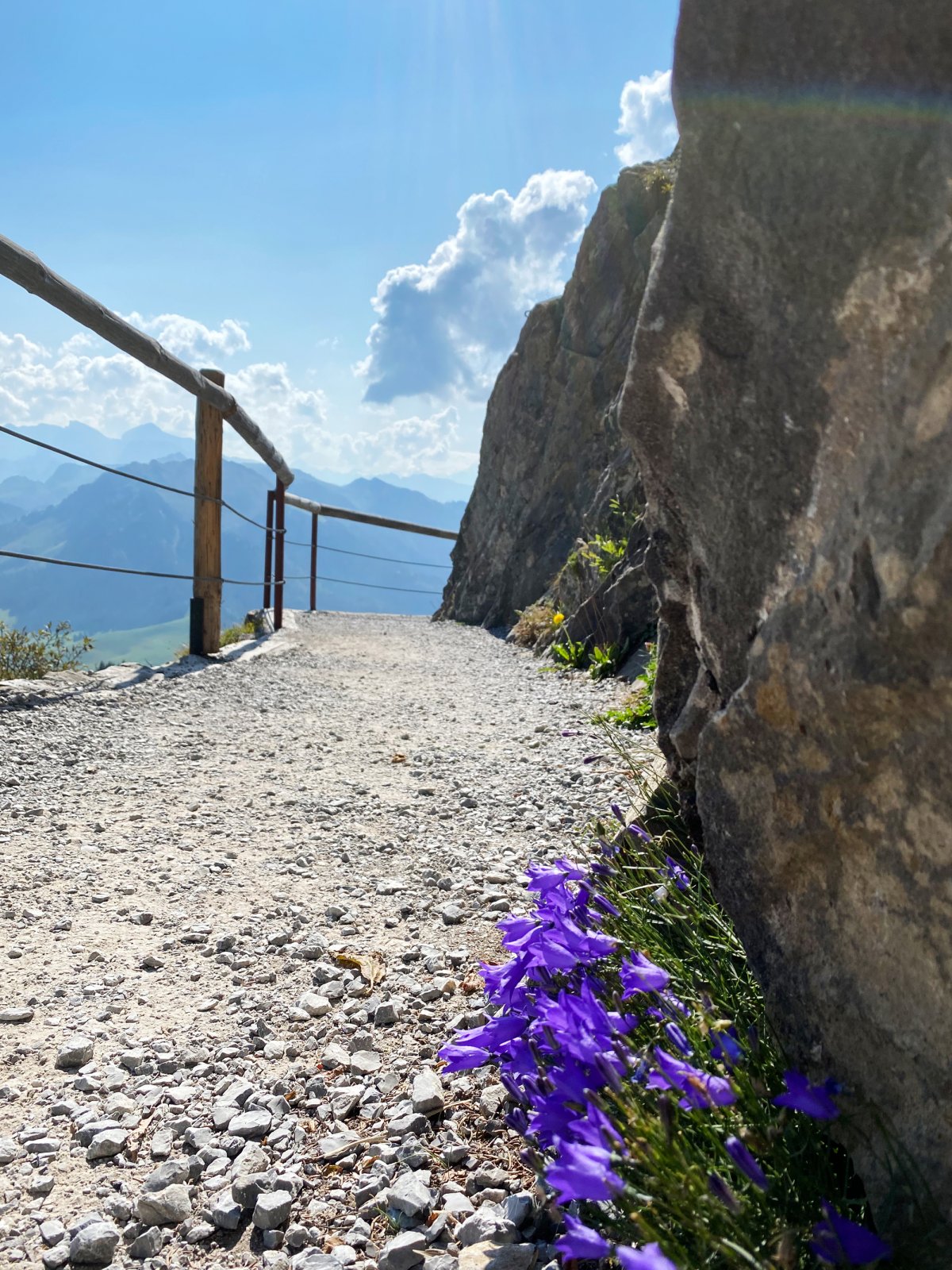
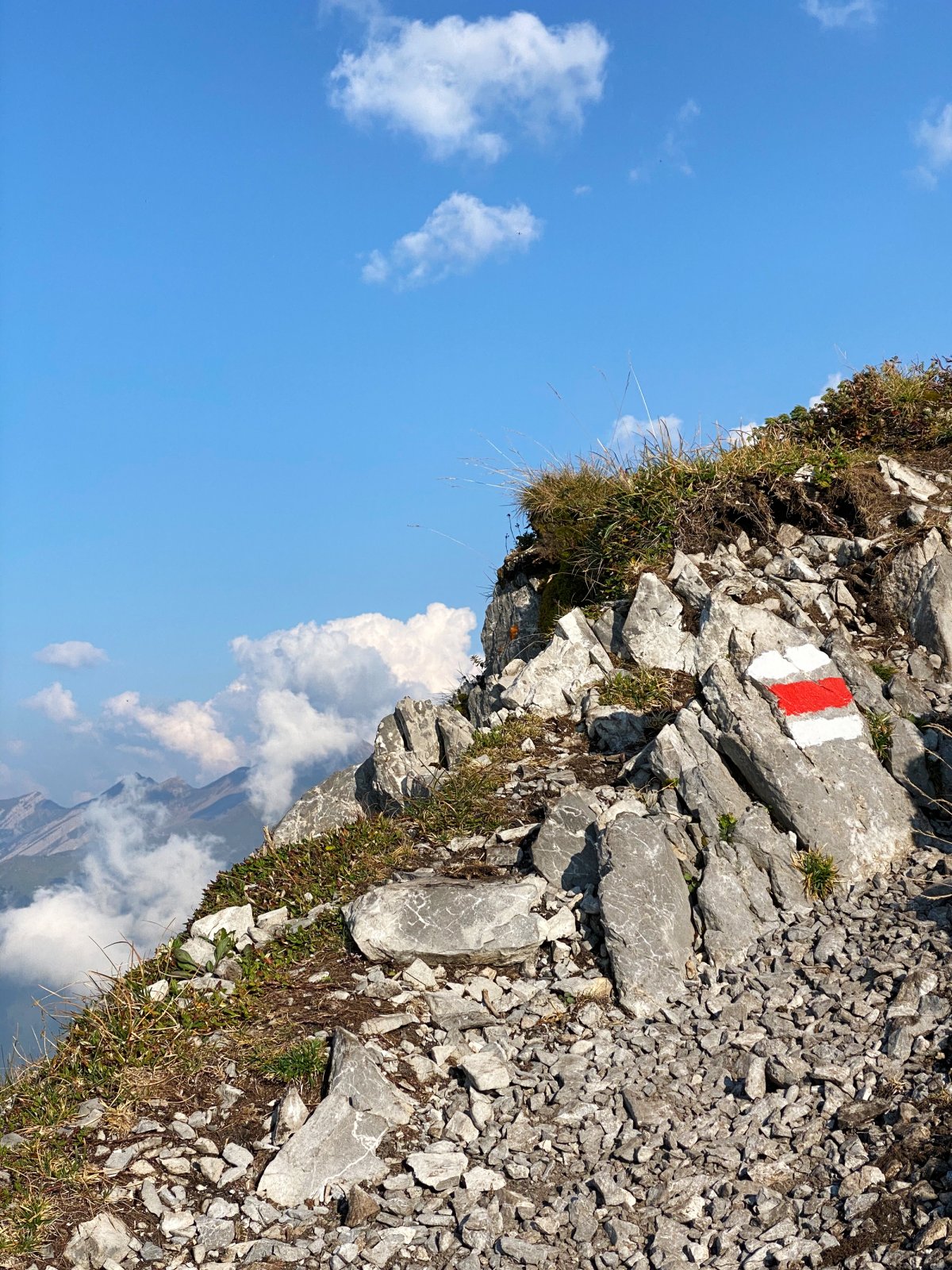
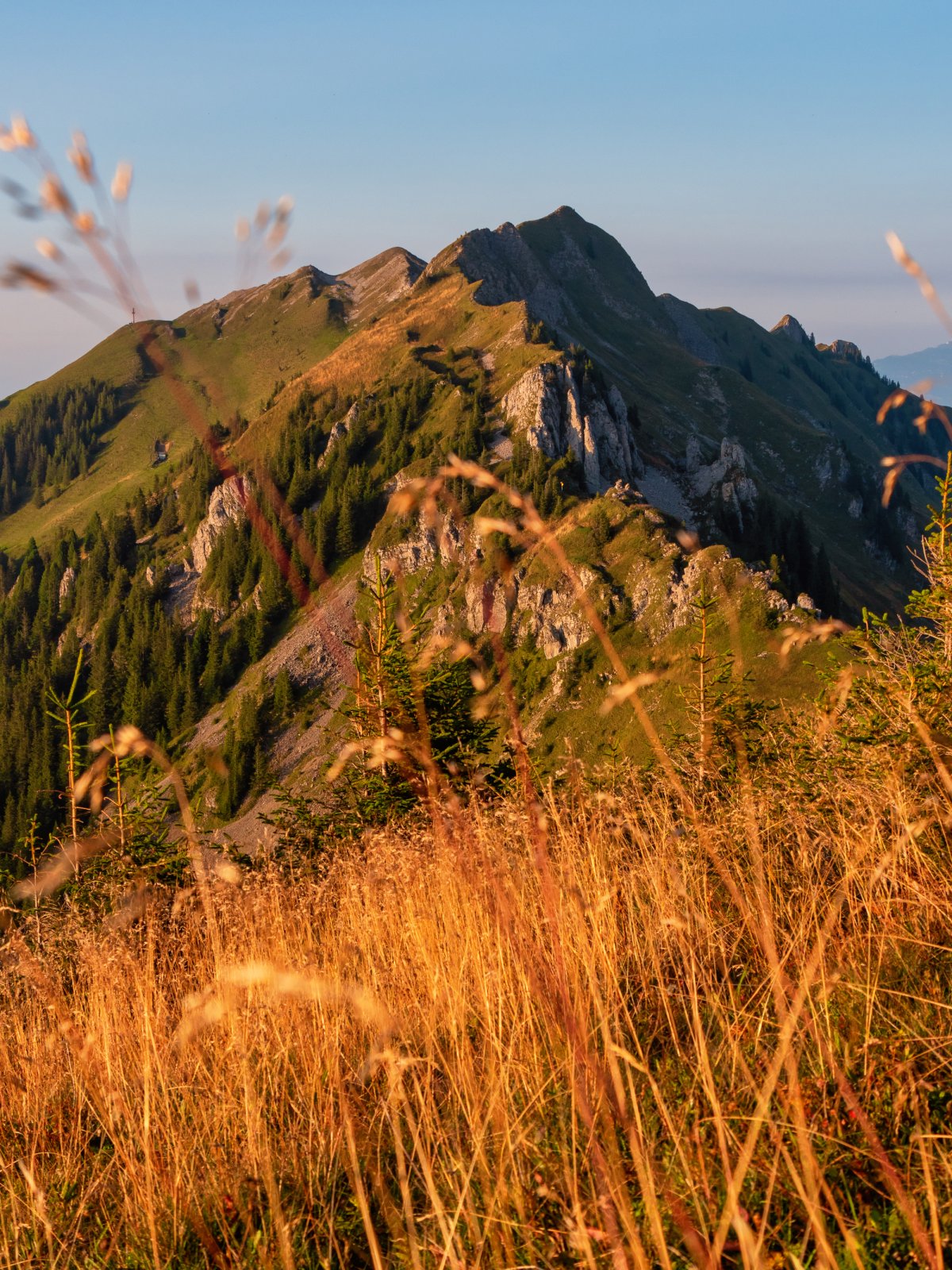
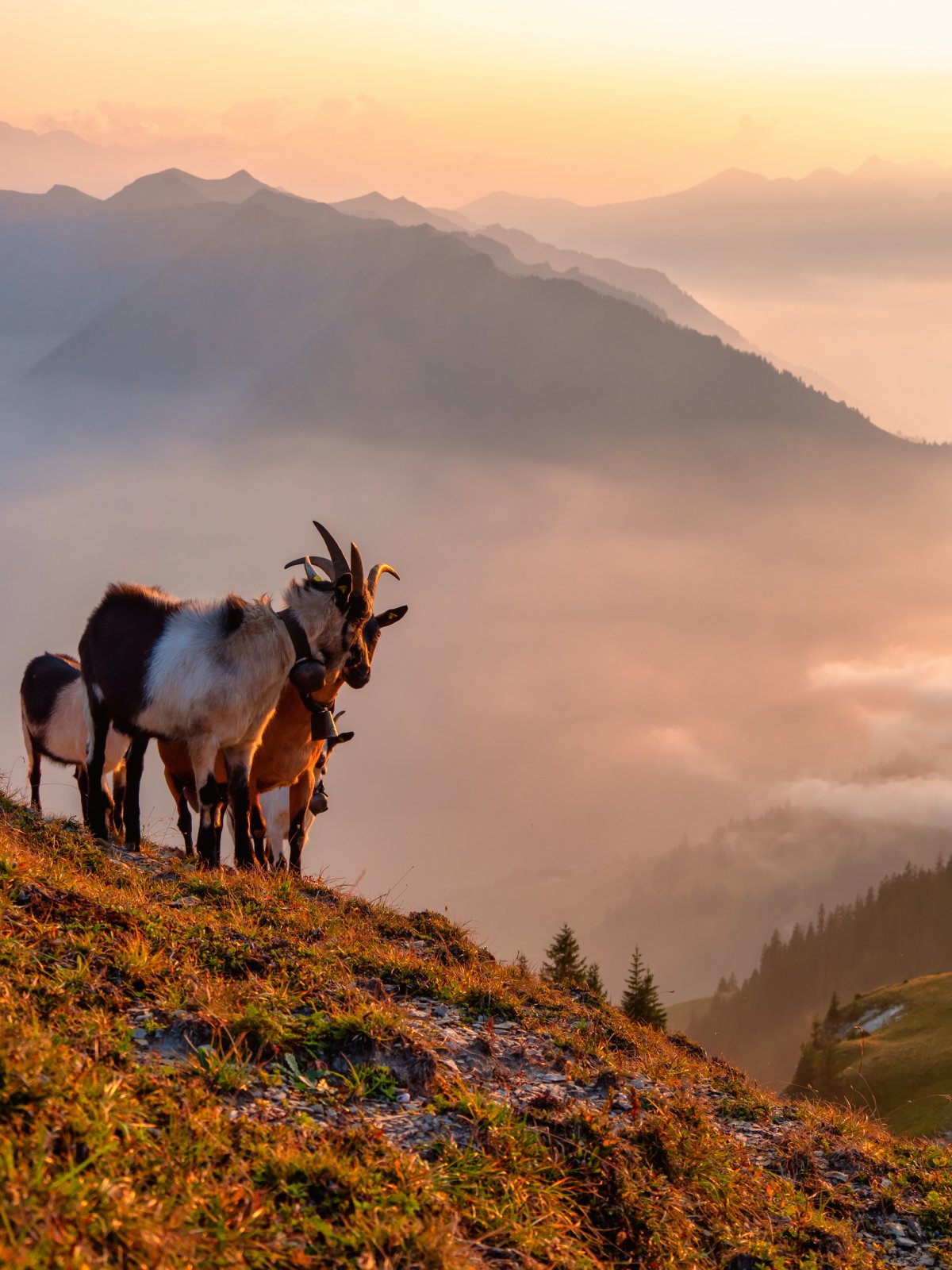
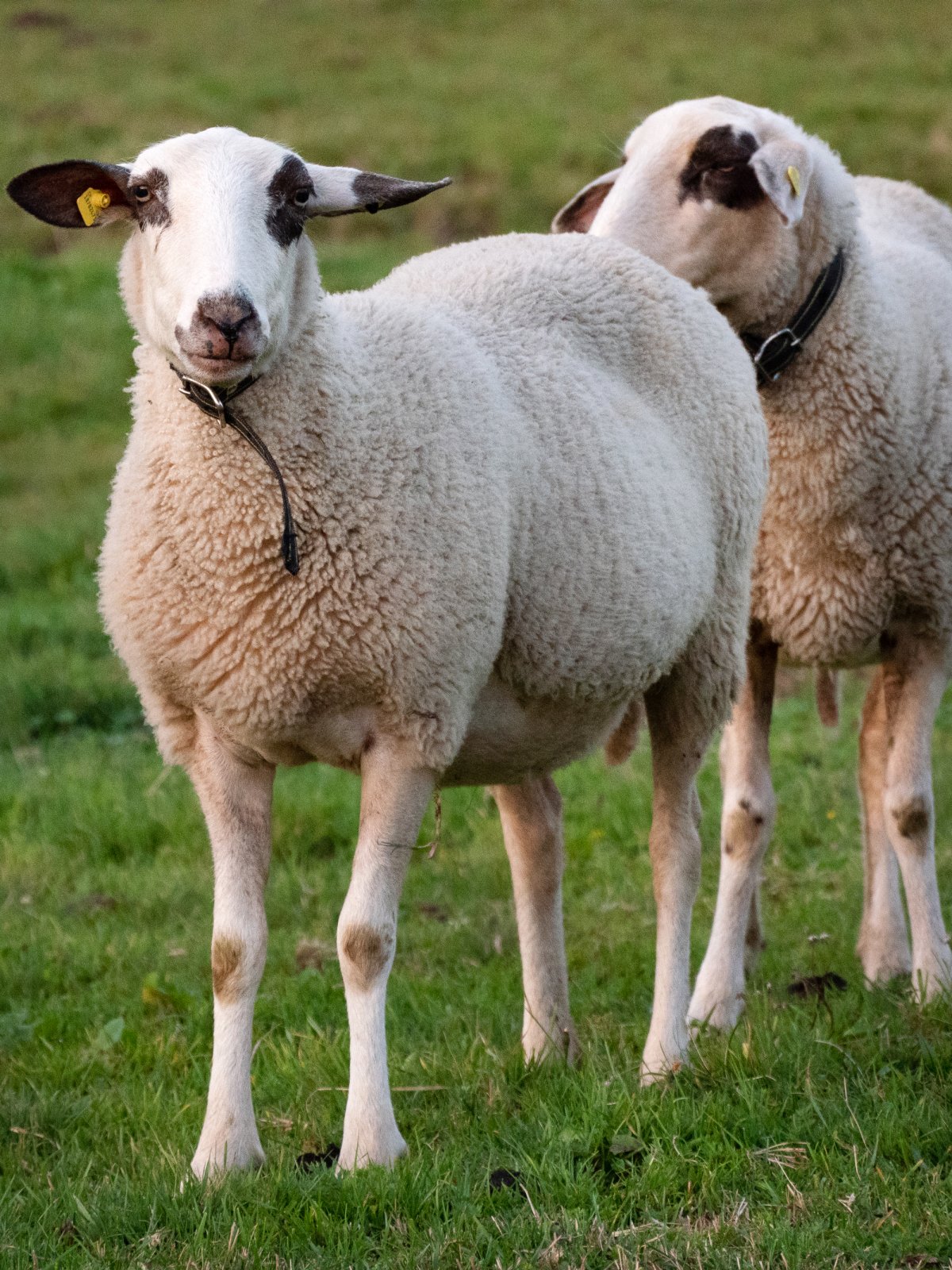
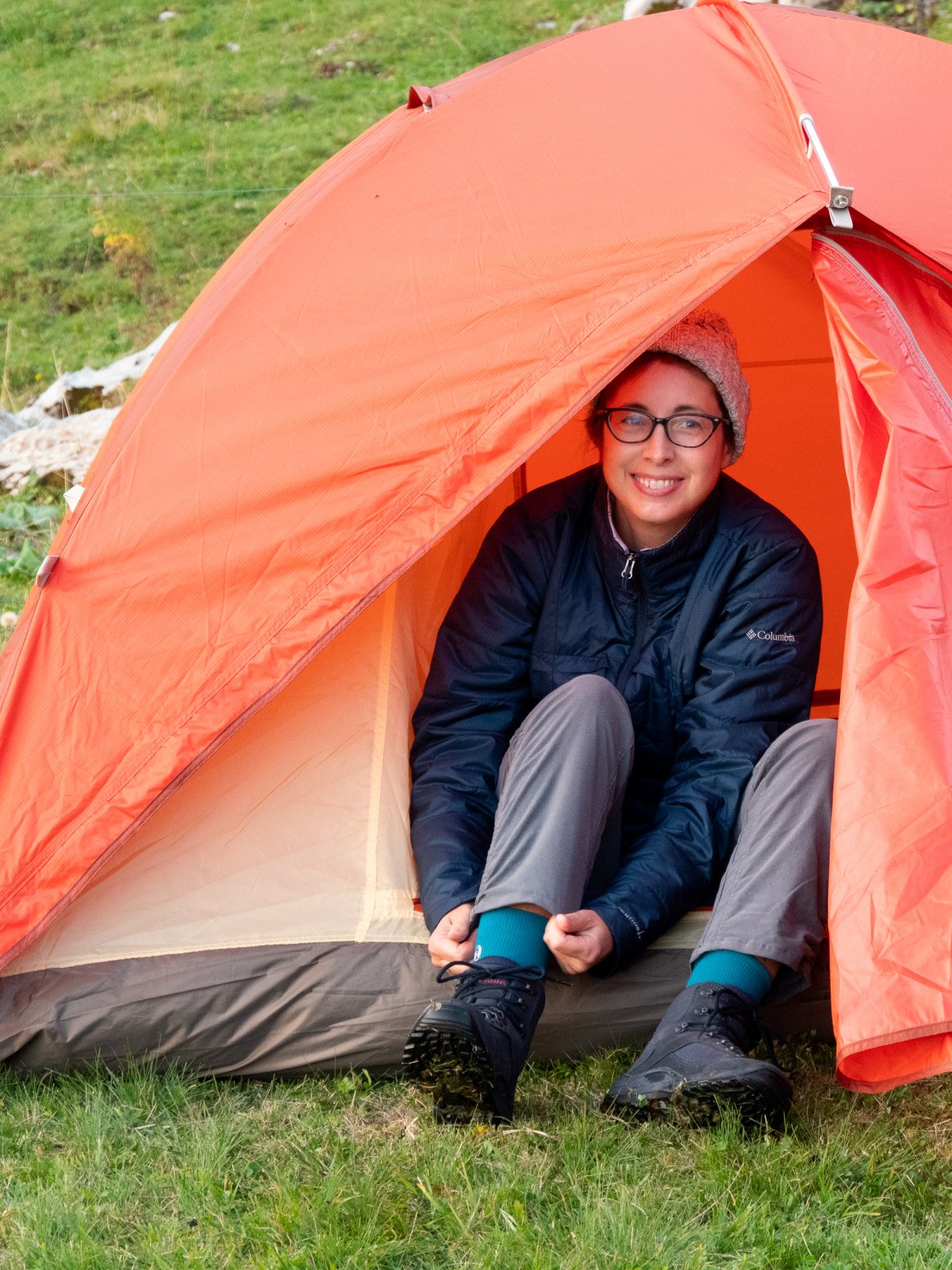
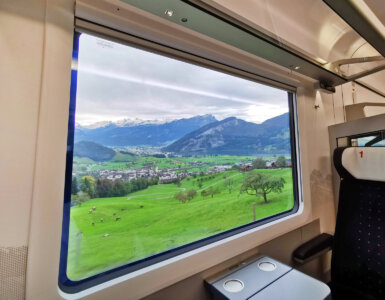
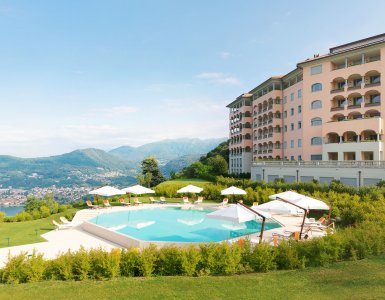
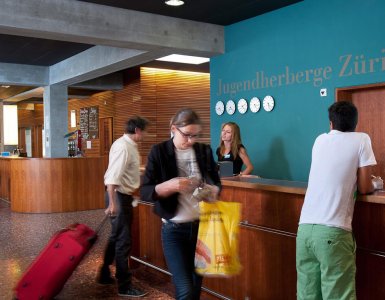

Add comment